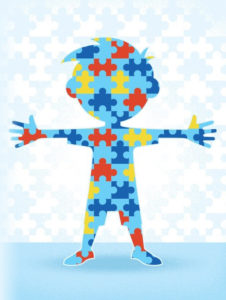
As the start of the school year quickly approaches, my mind is turning toward my little autistic friends at Harmony. Here’s a poem I wrote that gives you a glimpse into their world.
A SONG FOR THE AUTISTIC SOUL
©Tami Brumbaugh
The words struggle to pass your lips
But remain locked inside,
Prisoners behind a pearly white gate.
Thoughts pile up
Tripping over themselves
Forcefully jammed into cardboard boxes in your mind.
Shoved aside and collecting dust
Unopened
Unappreciated
When you just want to be Understood.
If only I could lure the words to my ears
Tempting them with a wide smile
Releasing them from their stronghold
So I could listen and respond.
Instead, silence.
My eyes are blank,
No spark of understanding.
Wanting to relate, but clueless.
I slide a PECs book in front of you
Laminated pictures Velcroed to worn pages
I know it isn’t enough
But it’s a start.
You shuffle through the pictures
Searching for what you crave.
Sometimes you find the picture
Apple
Cheese
Toy car
At last our minds graze each other
The tips of our thoughts connecting.
I honor your request.
You smile
Temporarily content
And my soul soars.
Other times, there is no adequate picture.
Nothing illustrates your desire.
You keep flipping through pages
Over and over and over.
Stuck in the motion.
The pounding in your brain intensifying
As the words hurl themselves on closed doors
Begging for relief
Aching for a response
You can’t reveal your thoughts and I can’t relate.
Shapeless screams erupt from deep within your turmoil.
How did they break through the barrier
When words cannot?
You slam the book to the floor
Blood boiling
And my soul sinks.
I wrap you in my arms, holding your heart to mine,
trying to impart peace
I rock you and whisper affirmations of safety
One day it soothes your frustration, relaxing muscles
The next, it aggravates you more, causing arms to flail.
I sing to you, hoping to distract.
You hum back, pitch perfect note for note.
I vary the tune
You match it with ease, rich tones unbound to words,
Incomplete syllables that speak volumes.
Will music be the key that sets you free?
Full words still snag on sharp white guards
But the pressure is siphoned.
Hope brims as our eyes meet.
For now we will savor our moment of connection
And sing a new song.

